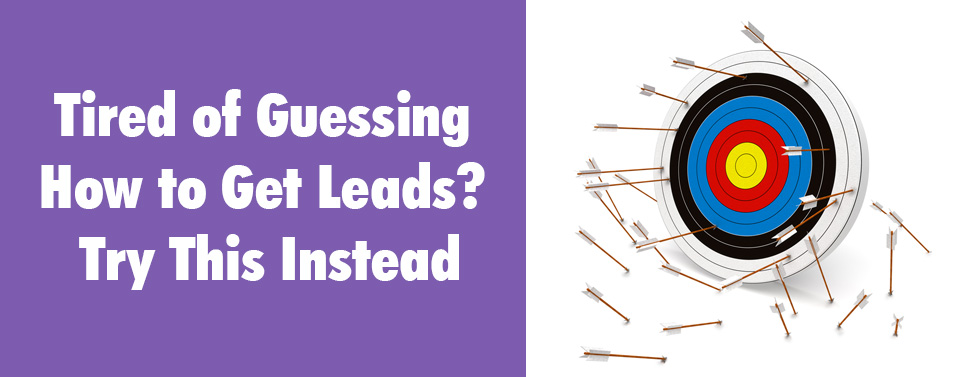Strategic Networking…Networking on Steroids!
Today’s show was about Strategic Networking. We all know what networking is… you go to an event – a breakfast/lunch/dinner – you hand out your business cards to people you’ve just met, you give your 30-second commercial, make plans to follow up with the ones that seem like a good lead, and then it’s back to work. That’s how most of us do networking. Well, Strategic Networking is what I like to call ‘networking on steroids.’ It takes what we’ve been taught about how to work a room or an event – but get 3-times the value!
Let me first say that there’s nothing ‘wrong’ with the scenario I just described – I think there are thousands of us who are using that model, and it’s working just fine. However if you get rid of the ‘me against them’ mentality, and instead try out a new concept – that it takes a village to build a client base – you’d be surprised at its effectiveness. This model is based on the principles that you can’t do it alone. That you can build a referral base of customers much more quickly and effectively with a team. What if you are a solo-preneur, or are the only one doing business development in your company? Doesn’t matter, this still works. Here’s how: identify key people by either personality or industry that can refer business to you.
By Industry: Find people that support your industry – a realtor, title company, and a mortgage broker are a great example. By teaming up as a referral source for each other, you are now meeting 3x the number of people that you could on your own. Add in a real estate attorney, and now it’s 4x the number of people. Another example: an accountant, payroll company, and business banker. All three of these people are looking to meet the same types of contacts. And by teaming up with supporting industries, you are also providing better service to your customers. Because if they need you, they are also likely to need services from your referral partners. Get it?
By Personality Type: If you have been working in your business/industry for a while, you have gotten to know who’s a good “match” for your skill set. You may find that you work best with those who have certain traits. For example, I’ve noticed that I work well with business owners who tend to keep things close to the vest, and want to oversee each phase, maybe a tad of a micro-manager – a person who loves their business and wants to know about every detail that’s happening. Think about who you work best with and identify their traits. Then, go and describe this person to others. You’ll be surprised at the results.
There are also those who are just good networkers. They love to make introductions and to be a resource to others. Let them know who is a good match for you. These mavens like to help – you’ll be added to their mental rolodex, and will receive notices of introductions and opportunities.
So now that you’ve identified who the best referral partners are….what’s next? It’s time to get involved with each other:
1. Engage: Setup a breakfast or lunch with your best power partner – and each of you bring someone that you think would be a good match for the other. These introductions work really well – because it’s made by a person you trust, and it’s in person – you’ll be part of the meeting. And lucky for the 2 people who get invited – they get to meet 2 new people they didn’t know before!
2. Seminars: Plan a seminar with 2 or 3 of your power partners, offering up your knowledge to a group.
3. Associations: Join an association where that primary referral partner will be in attendance. You just may meet a few more valuable power partners.
This is no wrong or right way to use strategic networking. Think ‘out of the box’ of ways that you can partner with others. Remember, not everything you try will work – but keep at it, until you find a successful way to create new alliances.
Source: Cheryl Pliskin, Jest Notes & Baskets
To hear this segment in its entirety, go to: Marketing Chat with Nancy Sipera, 4/9/13




